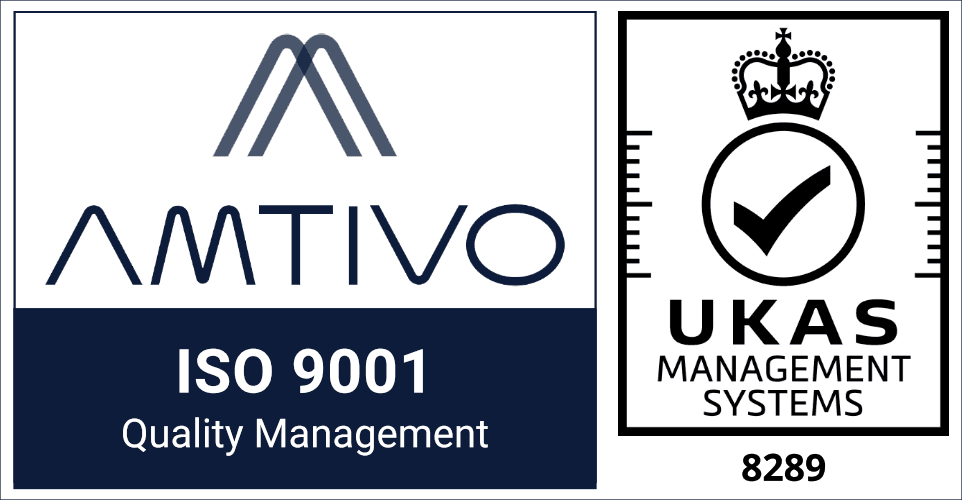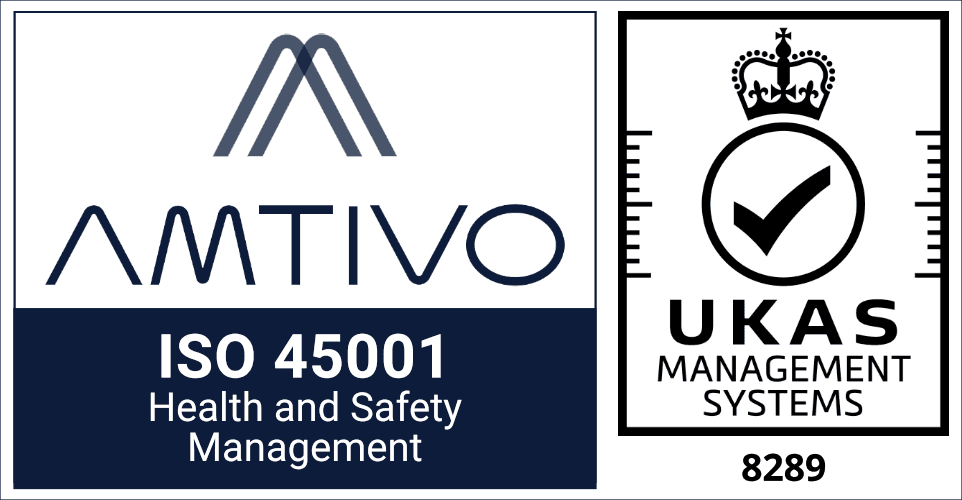Feb 9, 2024
Releted Post

Navigating the Wireless Waves: The Evolution of IoT Connectivity
Apr 26, 2024

Unveiling the Next Frontier of Connectivity: Exploring Wi-Fi 6 and Wi-Fi 6E
Apr 12, 2024

Safeguarding the Digital Fortress: Advancements in Data Protection and Security
Mar 22, 2024

Unraveling the Ransomware Enigma: A Glimpse into Evolving Threats and Countermeasures
Mar 8, 2024

Harnessing the Cloud Symphony: A Deep Dive into Hybrid and Multi-Cloud Storage Solutions
Feb 23, 2024

Embracing Zero Trust Architecture: Redefining Security in the Digital Age
Feb 9, 2024

5G Networks: Exploring the Advancements and Deployments of 5G Technology
Jan 19, 2024

Endpoint Detection and Response (EDR): Assessing the Latest Advancements in Real-Time Threat Detection, Investigation, and Response
Jan 5, 2024

Enhancing Cybersecurity Posture: Leveraging FortiRecon to Extend Threat Intelligence Beyond Perimeter Defenses
Dec 22, 2023

PT MITRA SOLUSI INFOKOM SECURES PRESTIGIOUS HPE ARUBA NETWORKING PARTNER AWARDS 2023
Dec 7, 2023

Embracing the Future: Smart Scale Technology Revolutionizes Data Protection
Nov 24, 2023

Safeguarding Your Virtual Landscape: Dell's Transparent Snapshots
Nov 10, 2023

Enhancing Cloud Security: The Fortinet-Oracle Partnership
Oct 20, 2023

Navigating the Digital Battlefield: Unveiling Cyber-Resilient Architecture 2.0
Oct 6, 2023

SAFEGUARDING SUCCESS: MSINFOKOM's HSE PRACTICES AT DHOHO AIRPORT PROJECT
Sep 22, 2023

Harmonizing IT Resources for Enhanced Efficiency and Flexibility
Sep 8, 2023

AI-Powered Threat Detection: Revolutionizing Cybersecurity in Real-Time
Aug 25, 2023

Navigating Network Complexity: Fortinet Secure SD-WAN - Your Digital Guardian
Aug 11, 2023

MSINFOKOM: Achieving Excellence - Fortinet Top Expert Partner Award 2022 for Southeast Asia and Hong Kong
Jul 28, 2023

Maximizing Employee Potential: Empowering Your Workforce to Combat Cybercrime
Jun 19, 2023

MSINFOKOM: Recognized for Excellence in Fortinet Excellence Award 2022 with Triple Award Win
May 17, 2023

The Benefits of SASE: How Fortinet's Solution Can Improve Your Business Security Posture.
Apr 8, 2022

ZTNA for Zero-Trust Security: How Fortinet's Solution Protects Against Cyber Threats
Feb 28, 2022

Preventing Ransomware: How Fortinet's Security Solutions Can Help Keep Your Business Safe
Feb 6, 2022





